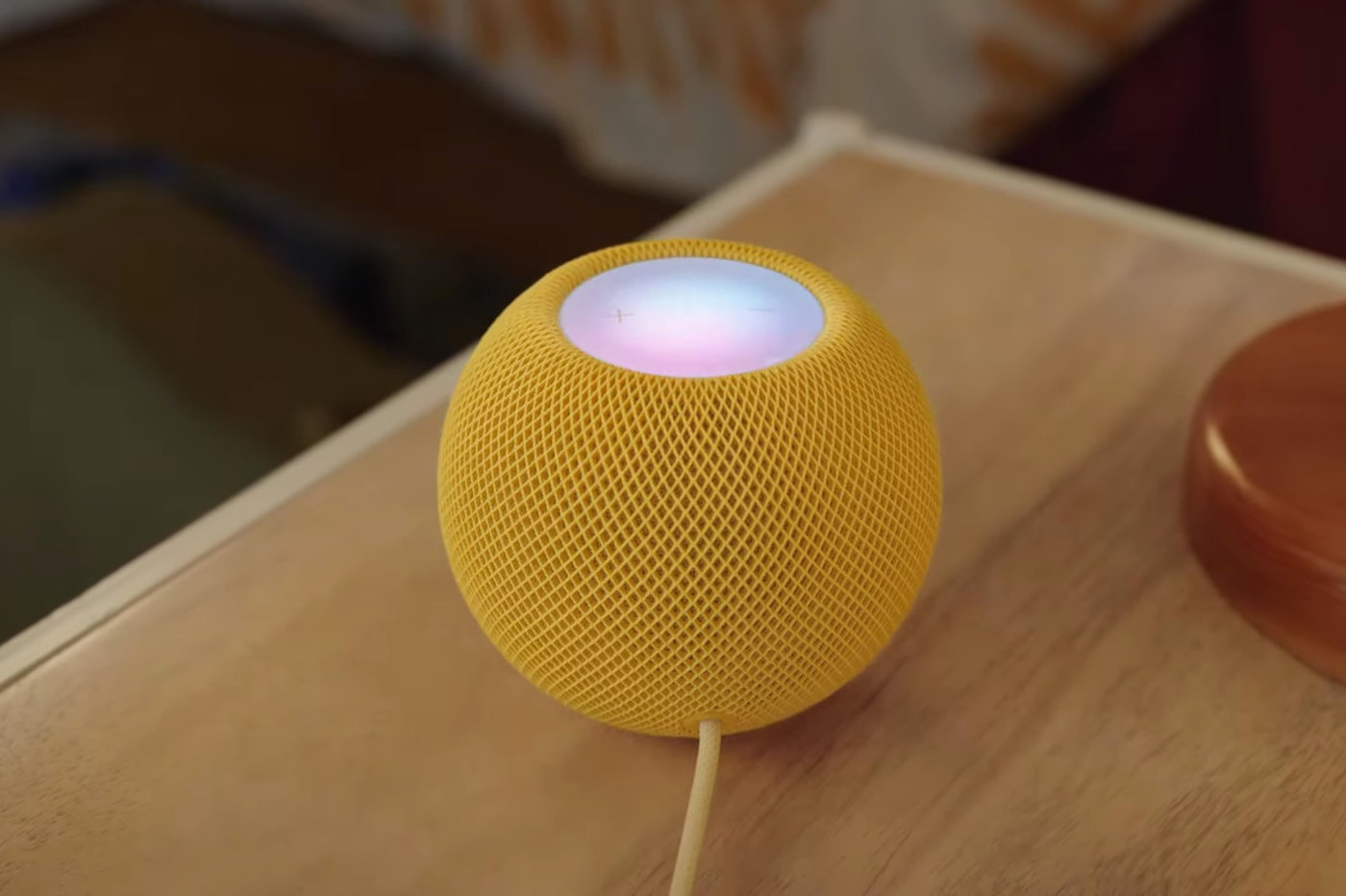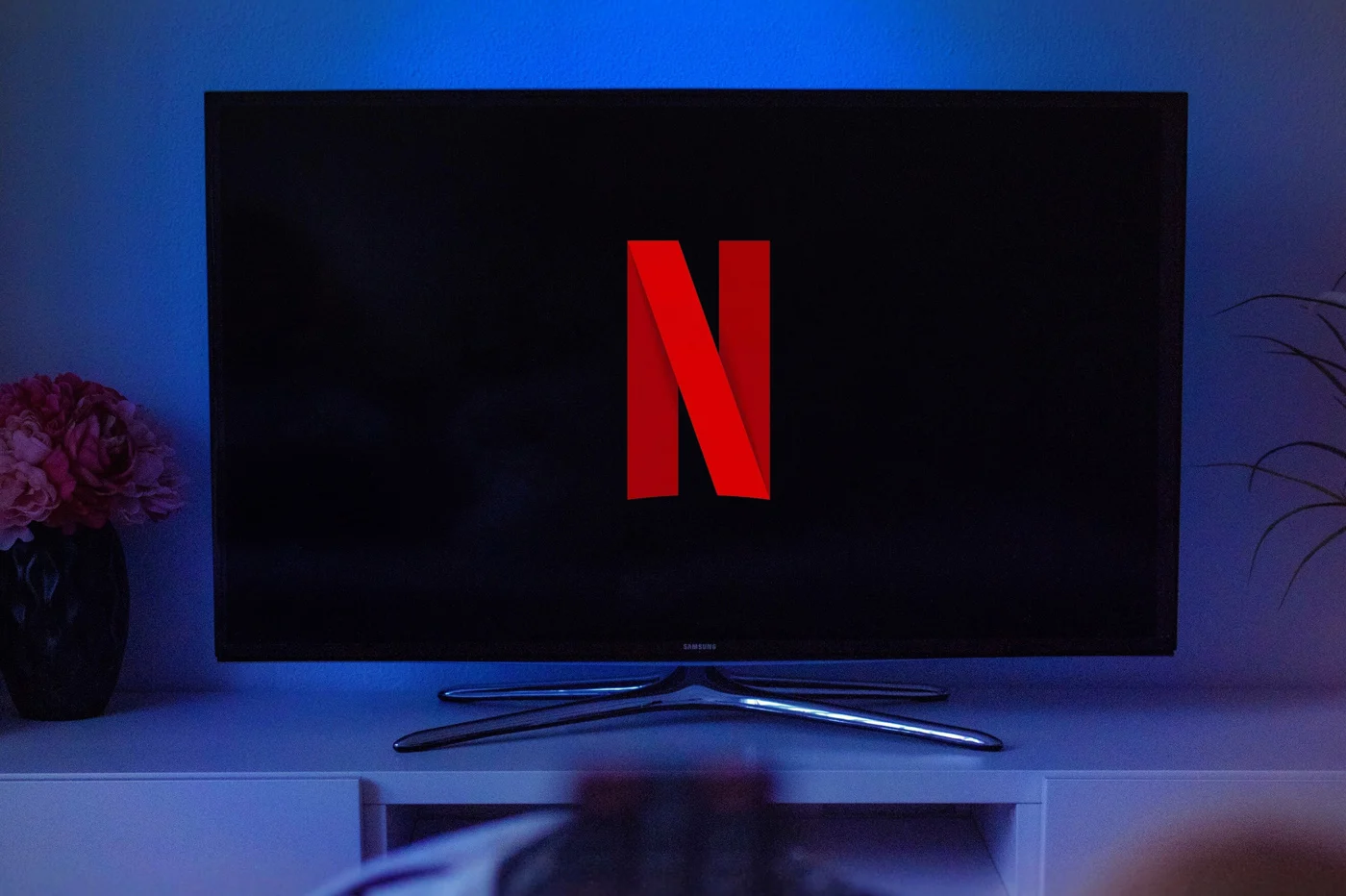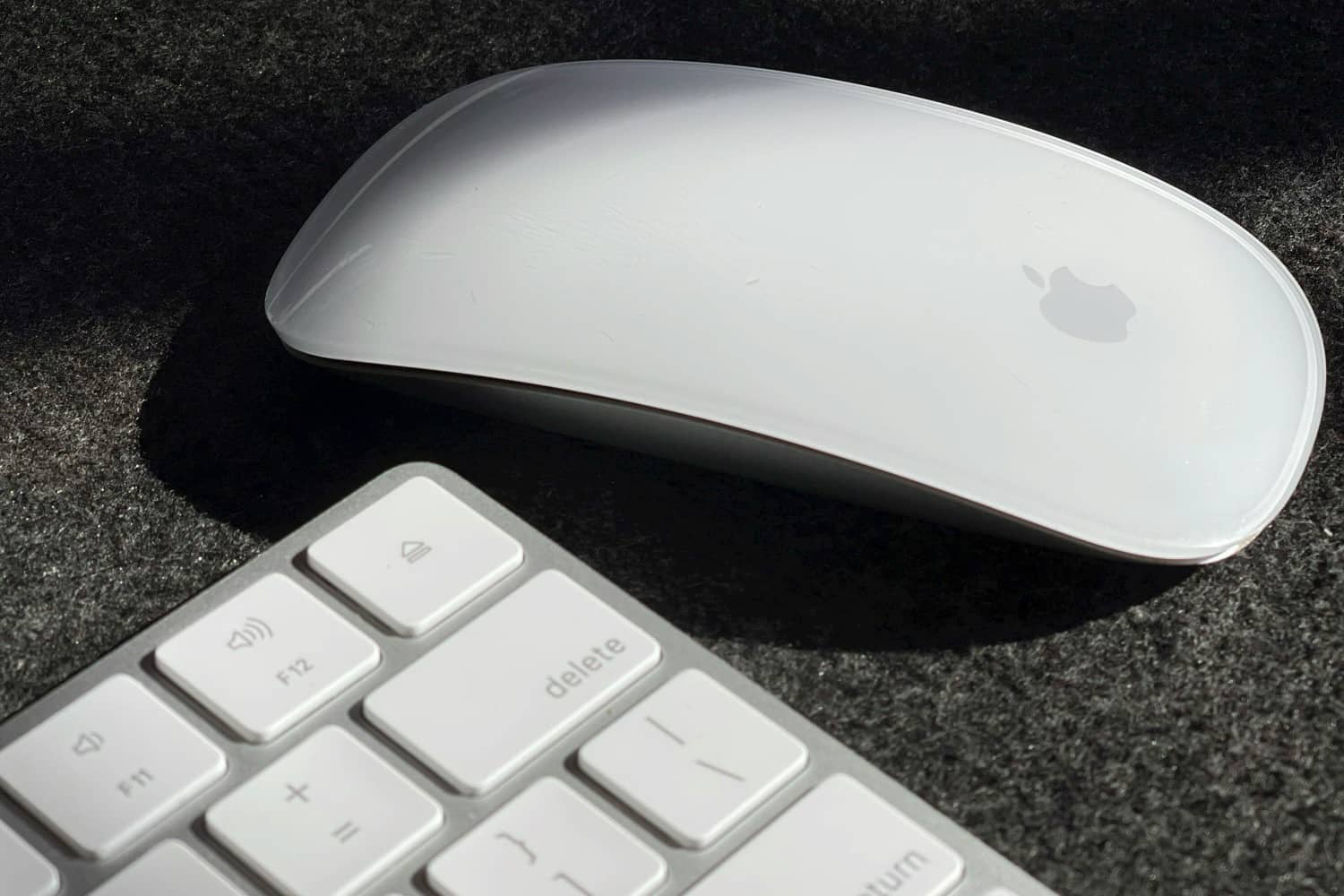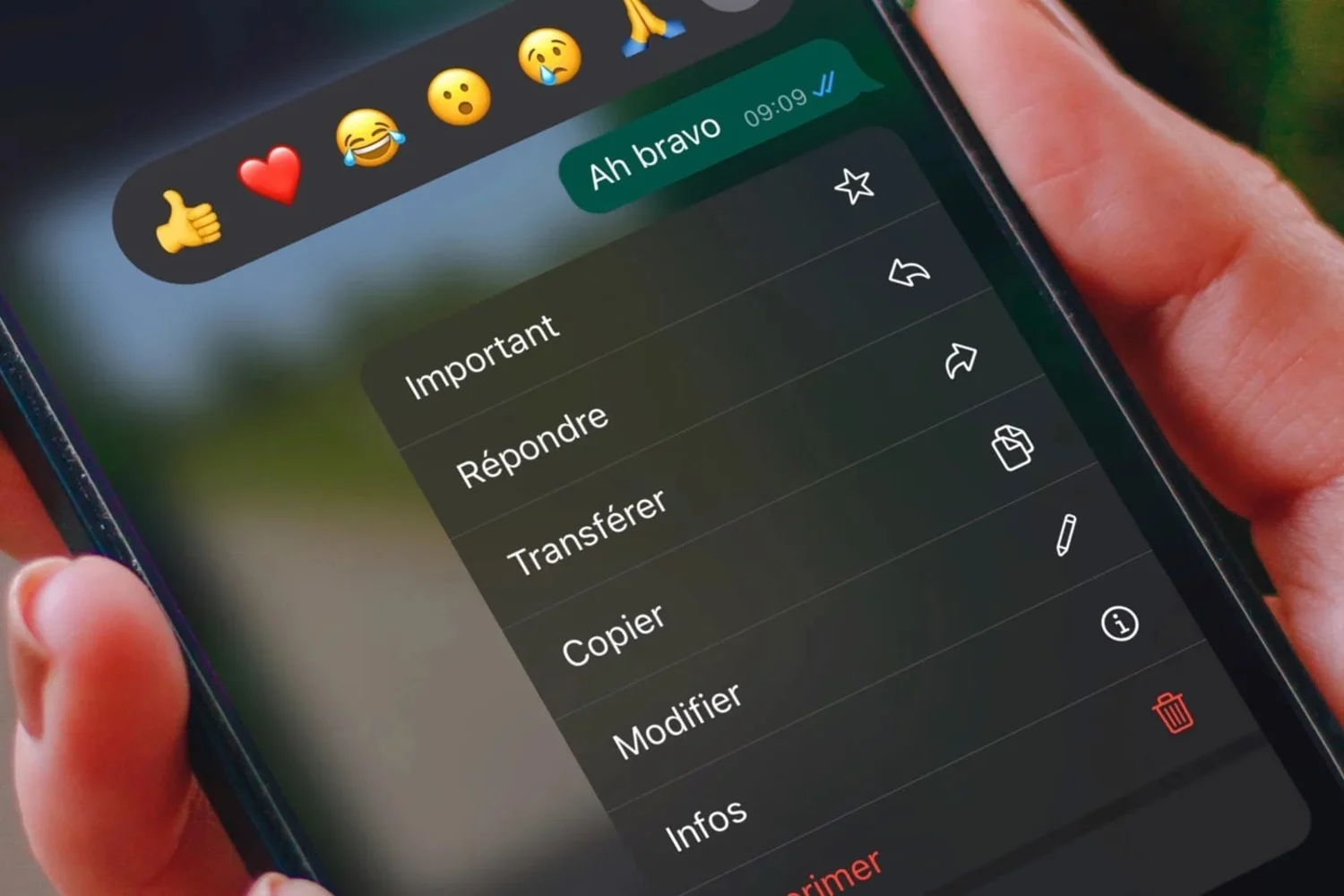When an OS offers us to download its next version, we most of the time accept to benefit from all its advantages: security patches, additional features, design evolution, better autonomy, etc.iOS 13.2.2is thus the latest version that Apple makes available to its iPhone users, and it already presentsserious assets.
But then, what would happen if you found yourself faced with atechnical problemdue to this change, precisely? Even out of beta, this can still happen. This was particularly the case for multitasking mode, since resolved by the Cupertino developers.
Impossible to go back
The solution, for a majority of mobile users, consists of reinstalling the previous version of the OS that equips their phone. This is particularly the case for many people who have testedmacOS Catalina,but finding themselves unable to launch 32-bit applications without using an emulator.
On iPhone, the procedure is normally identical. Except... Problem: it seems that this is nowimpossibleif you are on iOS 13.2, iteration which brings among other things the new toolDeep Fusion. While this may be a source of real blockage for some, this behavior is actually not that rare on Apple's part.
Adieu iOS 13.1.2 et iOS 13.1.3
In fact, it's even a habit. This decision has two advantages for the company with a 1,000 billion valuation: firstly, ensuring that all of its customers benefit from the latest version of its software and therefore the latest patchesfixing bugsor security breaches.
But also, displayencouraging statisticsduring his keynotes: in fact, it is common to see the speaker at Californian events highlight the percentage of up-to-date iPhone devices. And to compare it with the same situation under Android, often very different: as proof, the front page of this article from the presentation of iOS 11 while Oreo was being deployed. The reason being the development of overcoats by third-party manufacturers, which are often criticized for their defects.

i-nfo.fr - Official iPhon.fr app
By : Keleops AG






